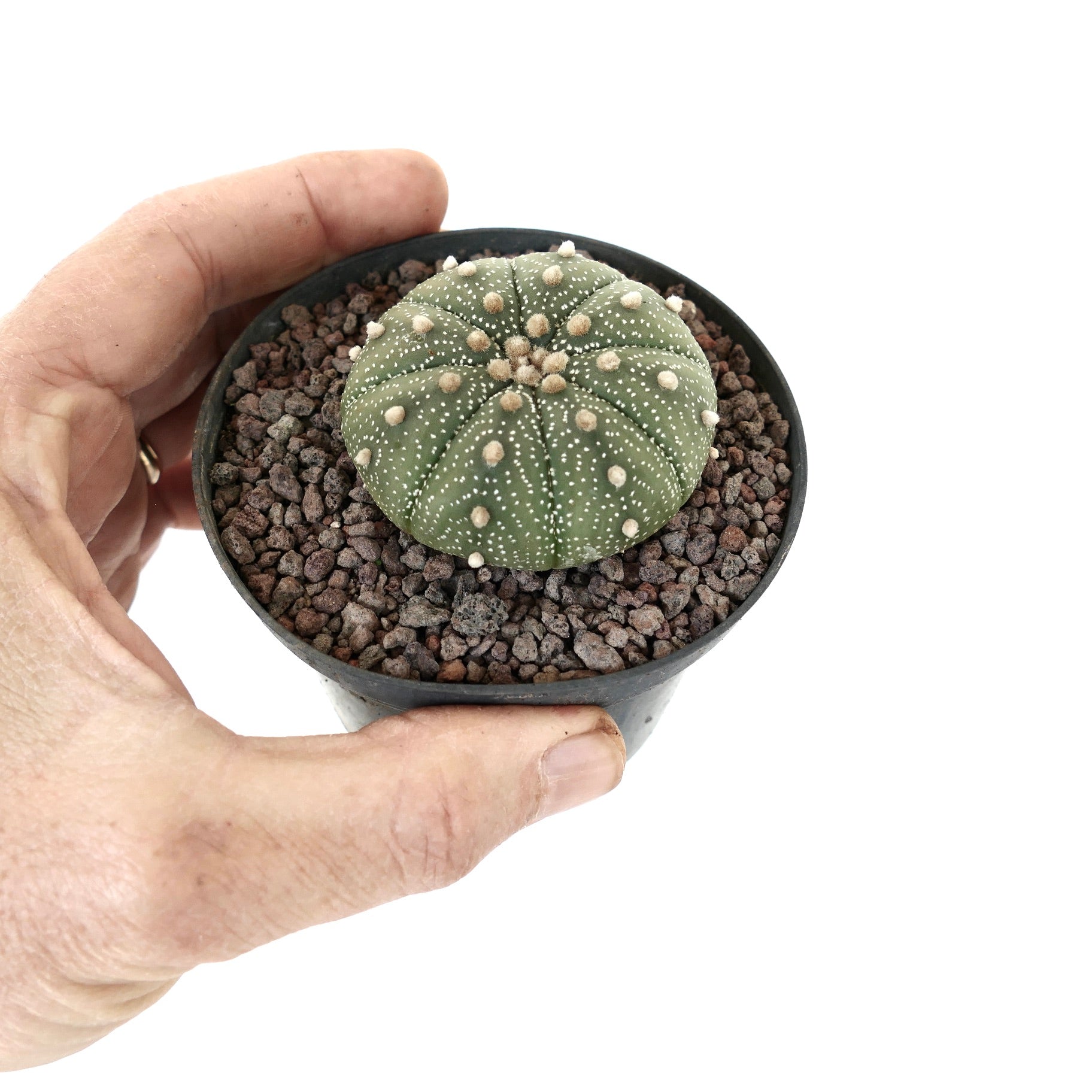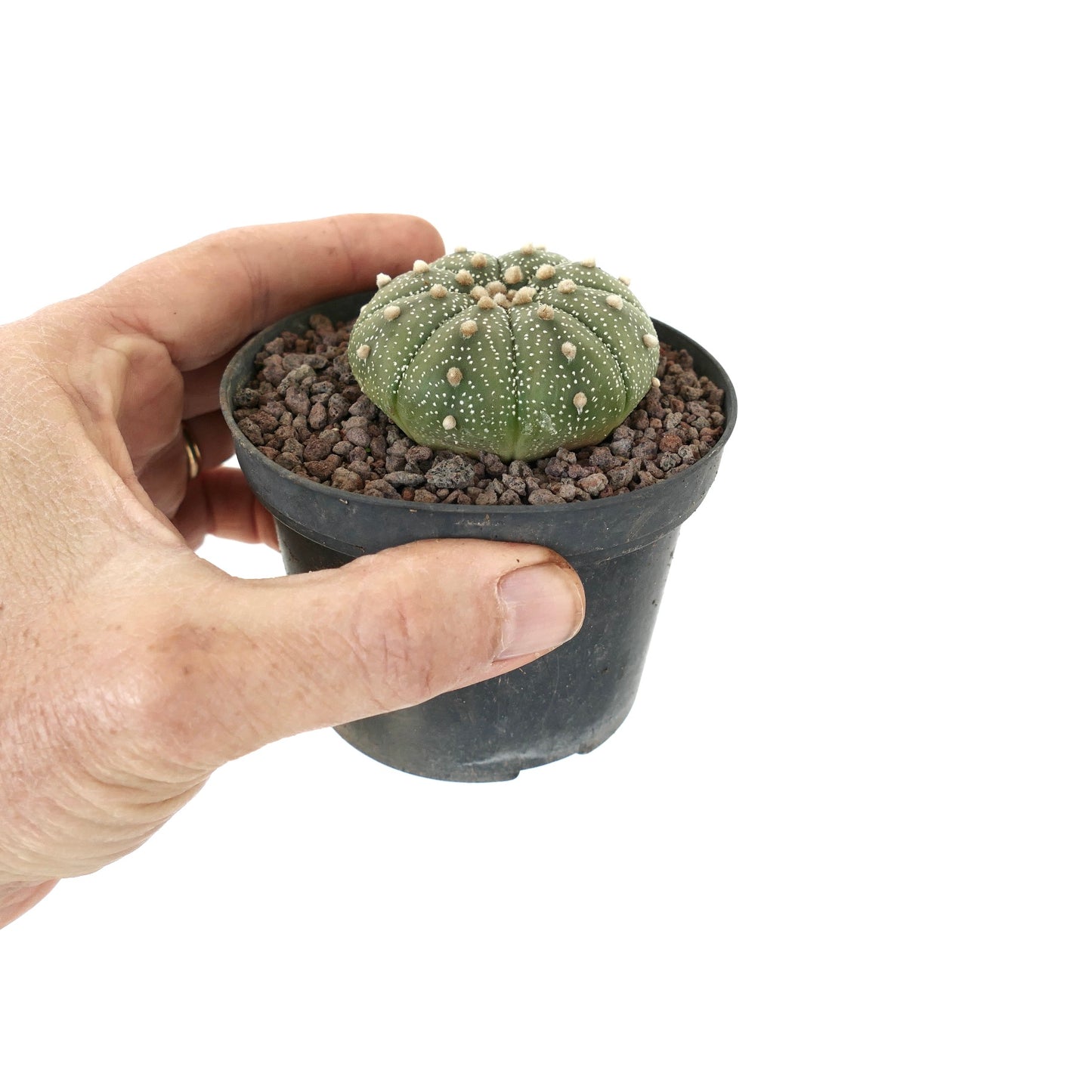- Single Specimen
Astrophytum asterias B11
Astrophytum asterias B11
Couldn't load pickup availability
Product Description
A phytosanitary certificate (for additional costs of €20,00) is necessary for export plants from Italy to ALL destinations out of EUROPEAN COMMUNITY. Among which: United Kingdom Turkey, South America, USA, Canada, Australia, Japan, Singapore, Philippines, South Korea, Thailand, etc. You can buy it in our eBay store. 1 single certificate can cover several plants purchase that are sent together in same shipment.
Botanical family: Cactaceae
Botanical genus: Astrophytum
Botanical species: Astrophytum asterias
SKU:BA-3068-S
Cultivation
Cultivation
Info and Disclaimers
Info and Disclaimers
Plant Height:
Plant Diameter:
Pot Size:
Grafted/Not Grafted:
Picture take on:
Disclaimer: Please keep on mind that the plant may have grown or changed since pictured.






